A gas hot water heater is an essential appliance in many homes, providing consistent and reliable hot water for everyday needs. However, there may be times when the heater stops working efficiently and requires a reset to restore its functionality. This guide explores the key aspects of how to reset gas hot water heater. Knowing how to reset your gas hot water heater safely and effectively can save you time, money, and the inconvenience of a cold shower. This guide will walk you through the process step by step.
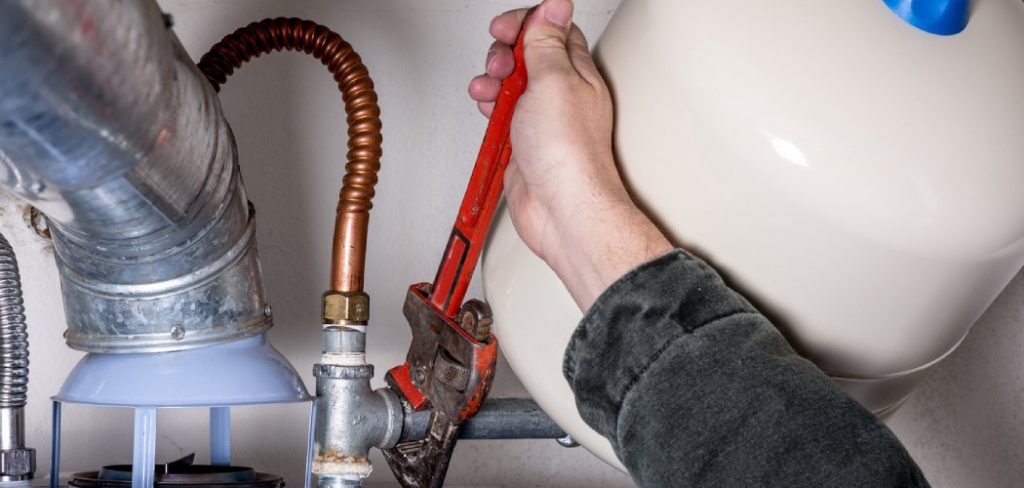
Understanding the Reset Function on a Gas Water Heater
The reset function on a gas water heater is a built-in safety feature designed to protect the appliance and your home. When the water heater exceeds safe operating temperatures or encounters a fault, the reset button—commonly referred to as the “high-limit switch”—activates to shut the system down. This ensures that the heater does not overheat, which could potentially cause damage or pose a safety risk. It is important to understand that the reset feature acts as a safeguard and should not be used to continually override underlying issues.
If your water heater frequently requires resetting, it may indicate a deeper problem, such as a faulty thermostat, a malfunctioning heating element, or sediment buildup in the tank. Identifying and addressing these issues promptly is crucial to extending the life of your water heater and ensuring it operates safely.
Tools and Safety Precautions
Before attempting to reset your gas hot water heater, it’s essential to gather the necessary tools and follow safety precautions to ensure the process is both effective and risk-free. Here are the recommended tools and steps to consider:
Tools You May Need
- Screwdriver (if accessing panels or covers is required)
- Gloves (to protect your hands from dirt or potential heat)
- Voltage tester (to confirm no electrical issues are present)
- Flashlight (for visibility in dimly lit areas)
Safety Precautions
- Turn Off the Gas Supply
Locate the gas shut-off valve near the water heater and turn it off. This prevents accidental gas leaks during the process.
- Turn Off the Power Supply
If your water heater has an electrical component, switch off the power at the circuit breaker to eliminate the risk of electrocution.
- Allow the Heater to Cool
Hot water heaters can retain heat for hours. Ensure the tank has cooled sufficiently before handling it to avoid burns.
- Ensure Adequate Ventilation
Work in a well-ventilated area to reduce the risk of gas buildup, especially if you suspect a gas leak.
10 Methods How to Reset Gas Hot Water Heater
1. Turn Off the Gas Supply
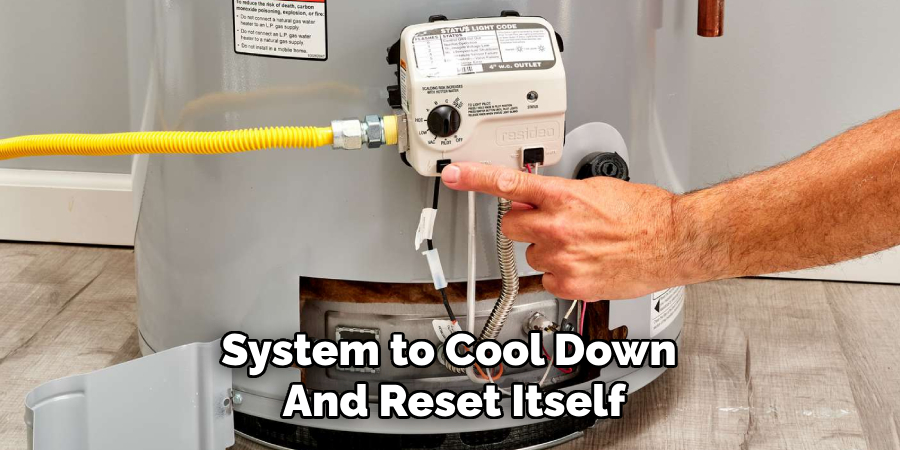
Before attempting any reset procedure, safety should always come first. Turn off the gas supply to your water heater. This is an essential first step, as working with gas appliances requires caution. Locate the gas shutoff valve near the heater and rotate it clockwise to stop the flow of gas. After turning off the gas, wait for a few minutes to allow the system to cool down and reset itself.
2. Resetting the Thermostat
The thermostat plays a crucial role in regulating the temperature of the water in your heater. If the water isn’t heating up, it could be due to a malfunctioning or tripped thermostat. Many modern gas water heaters have a reset button located on the thermostat. It’s usually a red or yellow button located on the front of the unit. Press this button to reset the thermostat. If the thermostat is functioning correctly, this simple action should restore normal operation.
3. Inspect and Reset the Circuit Breaker
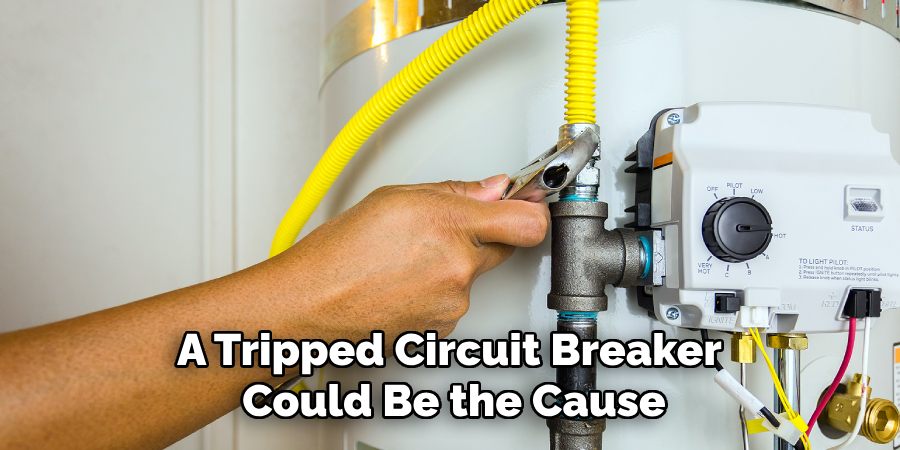
Gas water heaters have an electric component that controls ignition and other vital functions. If the heater fails to ignite, a tripped circuit breaker could be the cause. Check your electrical panel to see if the breaker connected to your water heater has flipped to the “off” position. If it has, flip it back to “on” to restore power. After resetting the breaker, the heater should work properly once the gas and thermostat are in place.
4. Check the Pilot Light
If your gas hot water heater relies on a pilot light to ignite the burner, it’s crucial to check if the pilot light is on. If it’s off, this could be the cause of your hot water woes. Locate the pilot light access panel, typically near the bottom of the heater. If you see that the light is out, follow the manufacturer’s instructions for reigniting the pilot light. Most heaters will have a reset button or a manual switch to relight the pilot. It’s essential to follow safety protocols when reigniting the pilot to avoid accidents.
5. Adjust the Temperature Setting
Sometimes the issue isn’t a malfunction but simply incorrect temperature settings. If the water is too hot or cold, adjusting the temperature setting on the thermostat might resolve the issue. On most gas heaters, the thermostat dial is accessible on the front of the unit. Turn the dial to the desired temperature, typically between 120°F and 140°F, and allow the heater time to adjust to the new setting. This minor adjustment can sometimes be all it takes to reset the system to the correct temperature.
6. Inspect the Gas Supply
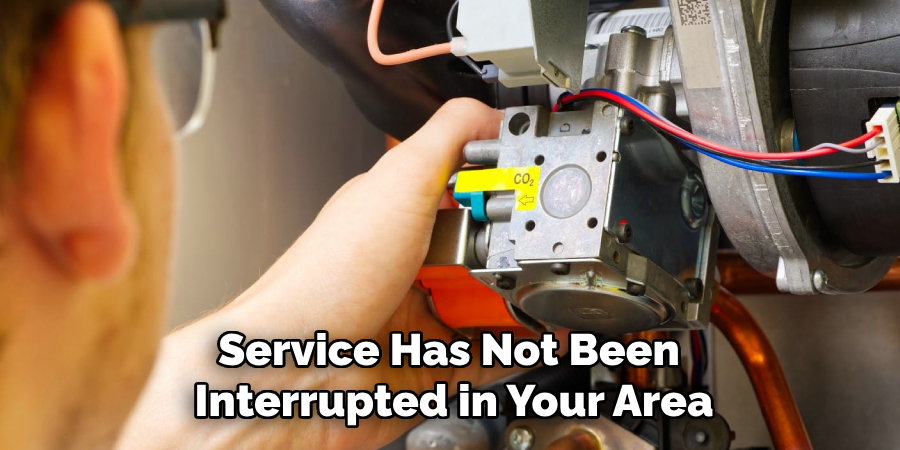
A lack of hot water can often be attributed to insufficient gas supply. Ensure that the gas valve is fully open and that there is no interruption to the gas supply. If you suspect a gas outage, check with your gas provider to confirm that service has not been interrupted in your area. In some cases, a lack of gas pressure or an empty gas tank (in the case of propane) may require a professional inspection or refill to restore proper heating functionality.
7. Reboot the Gas Valve
The gas valve controls the flow of gas to the burner. If this valve malfunctions, it can prevent the water heater from functioning. Some gas water heaters come equipped with a reset button on the valve itself. If this is the case, you can press the button to reboot the valve and restore normal operation. If there is no visible button, you may need to turn off the gas supply, wait a few minutes, and then turn it back on.
8. Check for Sediment Buildup
Over time, sediment can accumulate at the bottom of your water heater tank, particularly in areas with hard water. This sediment can prevent the burner from heating effectively, causing problems with hot water supply. To resolve this, you can flush the tank. Turn off the power and gas supply to the heater, then attach a hose to the drain valve at the bottom of the tank. Open the valve and allow water to flow through the hose, flushing out any sediment. After flushing, close the valve and restart the heater. Flushing the tank every six months can help maintain the heater’s performance and avoid future resets.
9. Reset the Overheat Cutoff Switch
Many gas water heaters come with an overheat cutoff switch as a safety feature. This switch shuts off the heater when it detects temperatures that are dangerously high, preventing potential damage or fires. If your water heater is not functioning and the thermostat has been reset, check the overheat cutoff switch. It’s usually located near the thermostat, and if it has been triggered, you may need to manually reset it by pressing a button or flipping a switch. Once reset, the water heater should operate normally.
10. Professional Inspection and Service
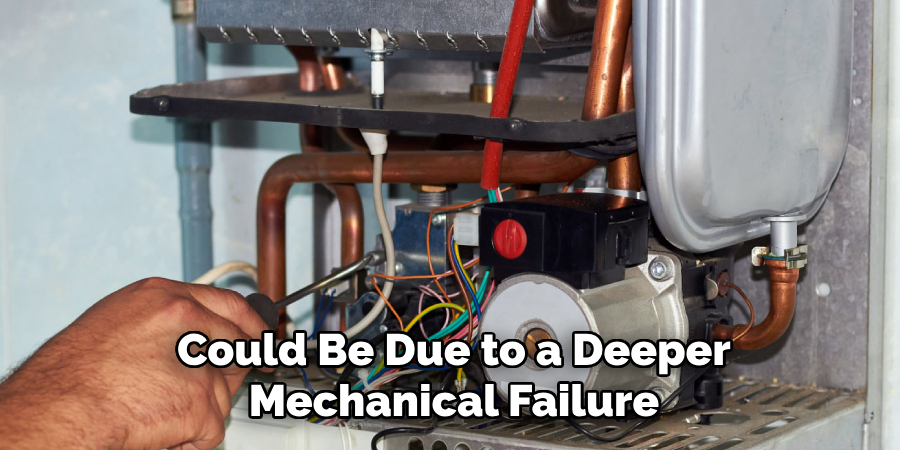
If you’ve tried all the above methods and your gas water heater is still not functioning, it’s time to call in a professional plumber or technician. The issue could be due to a deeper mechanical failure, such as a malfunctioning thermocouple, gas valve, or burner assembly. A professional will have the tools and expertise to diagnose and repair the issue safely. It’s always better to err on the side of caution when dealing with gas appliances.
Safety Considerations
When working with a gas water heater, safety should always be your top priority. Gas appliances involve both combustible fuel and electricity, making proper precautions essential to avoid accidents. Always ensure that the gas supply is shut off before performing any maintenance or repairs. Work in a well-ventilated area to prevent the buildup of dangerous gases, particularly if a gas leak is suspected. If you smell gas or hear a hissing sound, evacuate the area immediately and contact your gas provider or emergency services. Additionally, use proper tools and follow the manufacturer’s guidelines carefully to avoid damaging components or causing further issues.
Conclusion
Maintaining your gas water heater is essential for ensuring a steady supply of hot water and preventing costly repairs down the line. By following the steps outlined above, you can troubleshoot and resolve many common issues on your own, from reigniting the pilot light to flushing sediment buildup. However, safety should always be your priority, and knowing when to call a professional is crucial for addressing more complex or dangerous problems. Thanks for reading, and we hope this has given you some inspiration on how to reset gas hot water heater!
About the Author
Adrian Green is a passionate woodworking enthusiast who has dedicated his life to the craft of woodworking. From his early days working alongside his father in the family woodworking shop, Adrian has honed his skills and developed a deep love for creating beautiful, functional pieces with his hands. As the voice behind The Woodenify Blog, he shares his knowledge, tips, and inspiration with fellow woodworkers of all skill levels, helping them build confidence in their abilities while learning new techniques.
Professional Focus
- Specializes in DIY woodworking projects, from furniture making to home décor.
- Provides step-by-step guides, tips, and practical tutorials for woodworkers at any skill level.
- Focused on empowering readers with confidence and knowledge through easy-to-follow instructions and hands-on techniques.
- Passionate about building a community where makers can share, learn, and grow together in the world of woodworking.
Education History
University of Craft and Design – Bachelor of Fine Arts (BFA) in Woodworking and Furniture Design
Woodworking Apprenticeships – Gained extensive hands-on experience through various workshops and mentorships with seasoned craftsmen, refining carpentry and furniture-making skills.
Expertise
- DIY woodworking, carpentry, furniture making, and home décor projects.
- Creating clear, accessible tutorials and guides for beginner to advanced woodworkers.
- Helping readers experience the satisfaction and fulfillment of turning raw materials into stunning finished products.
